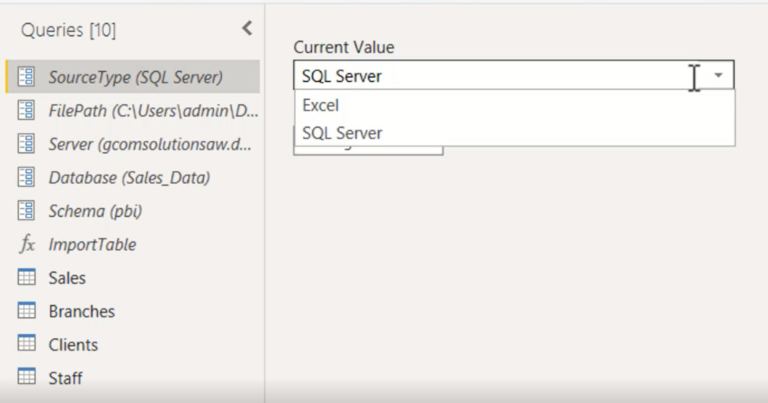SAP HANA database
Power BI is a powerful business intelligence tool that enables users to connect to a variety of data sources and create visually stunning reports and dashboards. One of the data sources that Power BI can connect to is the SAP HANA database. In this article, we will explore how to use Power Query M language code to connect to the SAP HANA database data source from inside Power BI.
What is Power Query M Language?
Power Query M language is a functional programming language used to query and transform data in Power BI. It is a part of the Power Query Editor, which is a data transformation and cleansing tool in Power BI. Power Query Editor is used to extract, transform, and load data into Power BI.
Connecting to the SAP HANA database from Inside Power BI
To connect to the SAP HANA database data source from inside Power BI, follow the steps below:
1. Open Power BI Desktop and click on the “Get Data” button on the Home tab.
2. In the “Get Data” window, select “SAP HANA database” from the list of available data sources.
3. In the “SAP HANA database” window, enter the server name, port, and the SAP HANA database name, and then click on “OK”.
4. In the “Navigator” window, select the tables or views you want to bring into Power BI, and then click on “Load” or “Transform Data” to open the Power Query Editor.
Power Query M Language Code for Connecting to the SAP HANA database from Inside Power BI
To use Power Query M language code to connect to the SAP HANA database data source from inside Power BI, follow the steps below:
1. Open Power BI Desktop and click on the “Transform Data” button.
2. In the Power Query Editor, click on the “View” tab and then click on “Advanced Editor”.
3. In the “Advanced Editor” window, you will see the Power Query M language code that was generated for your data source. To modify the code, locate the section of the code that corresponds to your SAP HANA database connection.
4. The code for connecting to the SAP HANA database data source from inside Power BI should look something like this:
let
Source = SapHana.Database(“server”, 1234, “database”),
MyTable = Source{[Schema=”schema”,Item=”table”]}[Data]
in
MyTable
5. Modify the code to include your server name, port, database name, schema, and table name. For example:
let
Source = SapHana.Database(“myserver”, 1234, “mydatabase”),
MyTable = Source{[Schema=”myschema”,Item=”mytable”]}[Data]
in
MyTable
6. Once you have modified the code, click on the “Done” button to return to the Power Query Editor.
7. Click on the “Close & Apply” button to apply your changes and load the data into Power BI.
Conclusion
Using Power Query M language code to connect to the SAP HANA database data source from inside Power BI is a powerful way to extract and transform data for reporting and analysis. By following the steps outlined in this article, you can connect to the SAP HANA database data source and bring your data into Power BI with ease.










